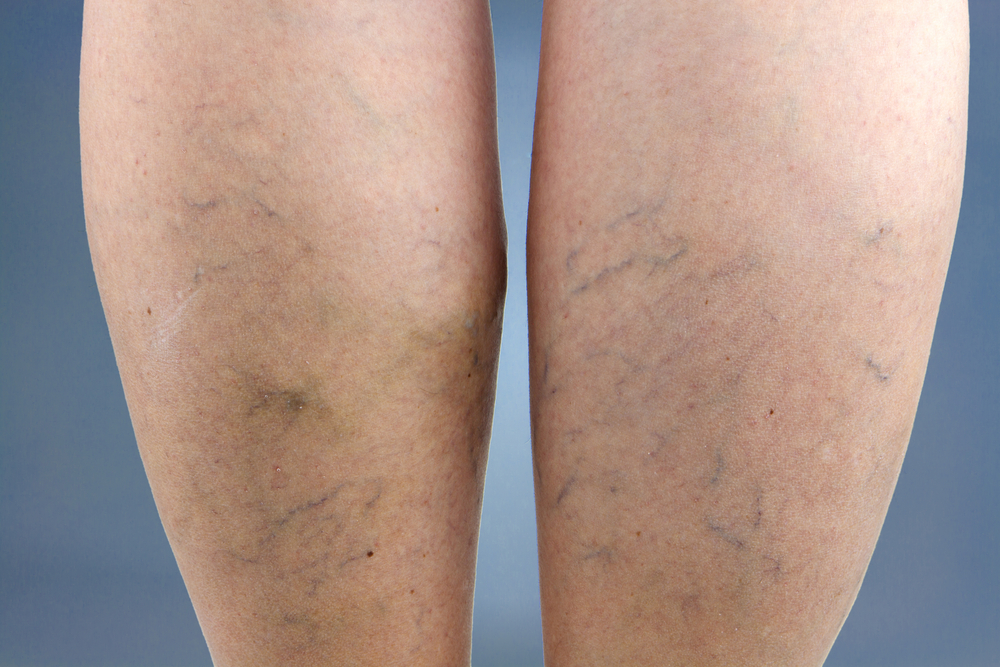Blood clots may not sound life threatening; however, they can cause death if left untreated. Blood clots which develop inside deep veins in the legs can detach and travel to the lungs causing PE (pulmonary embolism). This usually happens when the clots are untreated and can’t dissolve on their own.
Blood clots in the legs form due to prolonged periods of travel or instances where you remain immobile for a long time in cramped spaces such as in a bus, train or an airplane with little to no opportunities to walk around or stretch your legs.

Other causes of blood clots according to the U.S. Agency for Healthcare Research & Quality include; having heart problems, vein problems (bad veins or varicose veins) and injury, i.e., having a broken leg, hip or pelvic bone. Blood clots have also been linked to genetic causes. You are at risk of getting a blood clot in your leg or other areas if a member of your family has had the same problem in the past or currently.
Your risks of developing a blood clot are also higher if you have had a clot before, if you are paralyzed or have a stroke, if you are obese, have cancer, or you are being treated for cancer. Older people (aged 65 and above) also have a higher risk. Some medication and hormones can also increase your risks, i.e., hormones taken for birth control. A bruise or bad bump, as well as a specific injection spot, can also trigger the formation of a clot. Although blood clots can affect anyone, you are at a higher risk if you lead an unhealthy lifestyle i.e., you don’t exercise, eat healthy or have enough rest.
Since clots can be challenging to detect, here are 15 signs/symptoms that you may be having a dangerous blood clot/s in your leg.
Tap read more
More from Things Health
-
Pooping Blood? Here are Some Common Causes of Blood in Stool
Blood in stool is related to many factors. It can be nothing to worry about, or it can indicate a serious medical condition. The amount…
-
Understanding the Causes of Leg Cramps
Leg pains and cramps can be a very uncomfortable experience for anyone. Thus, it is essential that you understand what remedies will work for you…
-
10 Causes of Leg Cramps – and How to Stop Them
Although they are usually harmless and actually quite common, leg cramps can be both uncomfortable and painful. In this article, we provide an overview of…
-
10 Signs You Might Have an Ulcer
An ulcer is a crater that typically develops in either the lining of the stomach, a gastric or peptic ulcer, or at the opening of…
-
Could Your Marriage be Playing a Role in Your Health?
Ah, marriage. Whether you are married, know someone who is married or have seen married couples, you know that there are both good times and…


















